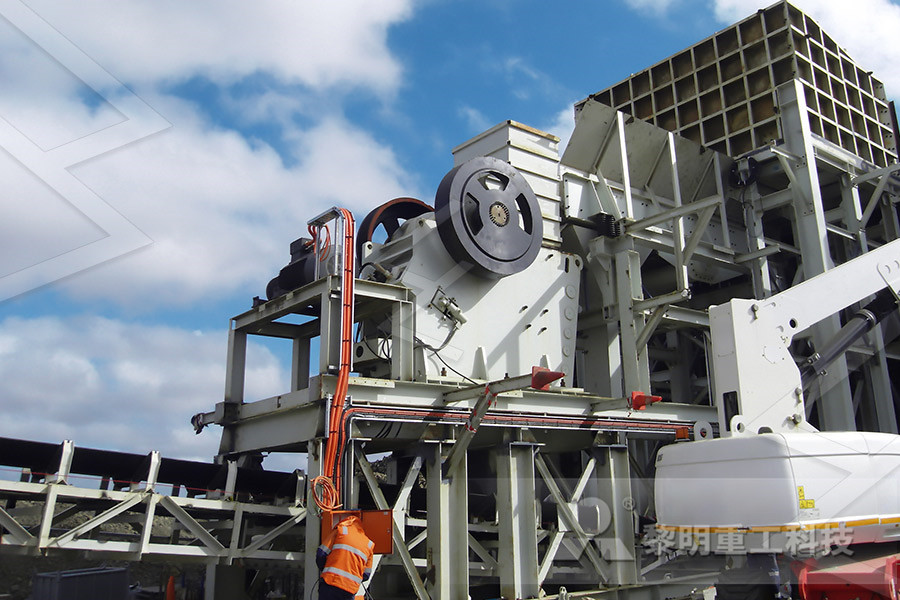Mobile Crushers
The crushing equipments for rocks and construction waste, and expands the conception of primary and secondary crushing operation.
Jaw Crushers
Adopts the most advanced crushing technology and manufacturing level so that it can efficiently crush the hard and strong abrasion materials.
Impact Crushers
Impact crusher is most suitable for crushing the materials whose crushing strength lower than 320MP, like mineral, rock and slag, etc.
Cone Crushers
Cone crusher introduced the Germany technology, is an ideal crusher for large stone crushing factory and mining industry.
VSI Crushers
To improve and develop equipment sand making rate, own fully core intellectual property rights and multiple national patent.
Grinding Mills
Besides high quality equipment, the company will provide sincere service such as Engineering Procurement Construction project.

Antimony Wikipedia
Antimony is a chemical element with the symbol Sb (from Latin: stibium) and atomic number 51 A lustrous gray metalloid, it is found in nature mainly as the sulfide mineral stibnite (Sb 2 S 3)Antimony compounds have been known since ancient times and were powdered for use as medicine and cosmetics, often known by the Arabic name kohl The earliest known description Jan 05, 2022 Antimony, a metallic element belonging to the nitrogen group (Group 15 [Va] of the periodic table) Antimony exists in many allotropic forms It is a lustrous silvery bluish white solid that is very brittle and has a flaky texture It occurs chiefly as antimony Definition, Symbol, Uses, Facts BritannicaStibnite, sometimes called antimonite, is a sulfide mineral with the formula Sb 2 S 3This soft grey material crystallizes in an orthorhombic space group It is the most important source for the metalloid antimony The name is from the Greek στίβι stibi through the Latin stibium as the old name for the mineral and the element antimonyStibnite Wikipedia

Antimony Toxicity
Dec 20, 2010 2111 Respiratory Effects Chronic exposure to antimony trioxide and/or pentoxide dust (887 mg antimony/m 3 or greater) was seen to cause pneumoconiosis, however, these workers were also exposed to a variety of other compounds like arsenic oxide, iron oxide, hydrogen sulfide, and sodium hydroxide [9,10]Antimony pneumoconiosis was also Antimony is not an abundant element but is found in small quantities in over 100 mineral species It is most often found as antimony(III) sulfide It is extracted by roasting the antimony(III) sulfide to the oxide, and then reducing with carbon Antimony can also be found as the native metalAntimony Element information, properties and uses The most common is called galena The pure form of galena contains only lead and sulfur, but it is usually found with traces of other metals in it, including silver, copper, zinc, cadmium, and antimony as well as arsenic Two otherHow lead is made material, used, processing, product

Zinc Examples: Common Items Containing Zinc
Zinc sulfide is found in luminescent pigments, xrays, TVs, and luminous paints; Zinc sulfide crystals are used in lasers; Zinc sulfate is found in dyes; Zinc pyrithione can be found in antifouling paint that slows the growth of organisms and is also used in antidandruff shampoos; Powdered zinc is sometimes a part of a propellantIf you have to ask, you probably don't want to know) Sulfur was also probably present in Greek fire, along with tar, and antimony sulfide (see entry for antimony) It is also present in mustard gas, and other poison gases and nerve agents Selenium (Se, Z=34) Selenium is a soft metalloid, found in several allotropic formsThe Parts of the Periodic Table Angelo State UniversityAntimony The primary ore of antimony is it's sulfide, Bismuth Primarily a byproduct of lead processing Also found in a number of minerals such as bismuthinite and as a constituent in various sulfosalts Lead The primary ore mineral for lead is it's sulfide galena Some minor production from the past has come from secondary lead Ore minerals

lead Definition, Uses, Properties, Facts Britannica
Rarely found free in nature, lead is present in several minerals, but all are of minor significance except the sulfide, PbS (galena, or lead glance), which is the major source of lead production throughout the world Lead is also found in anglesite (PbSO 4) and cerussite (PbCO 3)
- equipment369 equipment used in pper mining
- mineral processing solutions
- portable sgravel mobile crusher in lebanon sale
- Rajkot Machine Manufacturer
- Manganese Ore Crusher
- calcium chloride mpany
- crusher machne in south africa
- orperator manual for a raymond bowl mill al grinding mill
- equipment used crusher search
- gold mining equipment in australia
- universal testing lab
- crushers in the arab world
- sayaji jaw crusher cj408 machine problems and how we solve
- impact recycling impact crusher
- cepci chemical engineering marshall swith
- stone crusher india major marshall stone crusher
- crusher for primary crushing
- Sand Processing Equipment
- type vibrating motion
- metal work in grinding machine
- crusher ne crusher manufacturer
- low price small crusher machine for sale
- gative impact mining minerals in south africa
- requirements for a hammer mill
- how much is a cubic foot of crushed rock
- process nickel indonesia
- papua new guinea gold mine
- small portable rock jaw crushers
- processing mineral processing equipment for pper ore
- serration profile grinding machine price
- application pour les broyeurs
- brick machines for sale
- high frequency high rate thickener in saudi arabia
- kmg belt and disc sander
- rod cement sylhet bangladesh
- used mining materials
- crushingplant ballast crusher kenya
- a flow chart of limestone
- Hammer Mill China Manufacturer In Malaysiahammer Mill China Supplier In Malaysia
- alazzuny for crushers andcentral mxers m